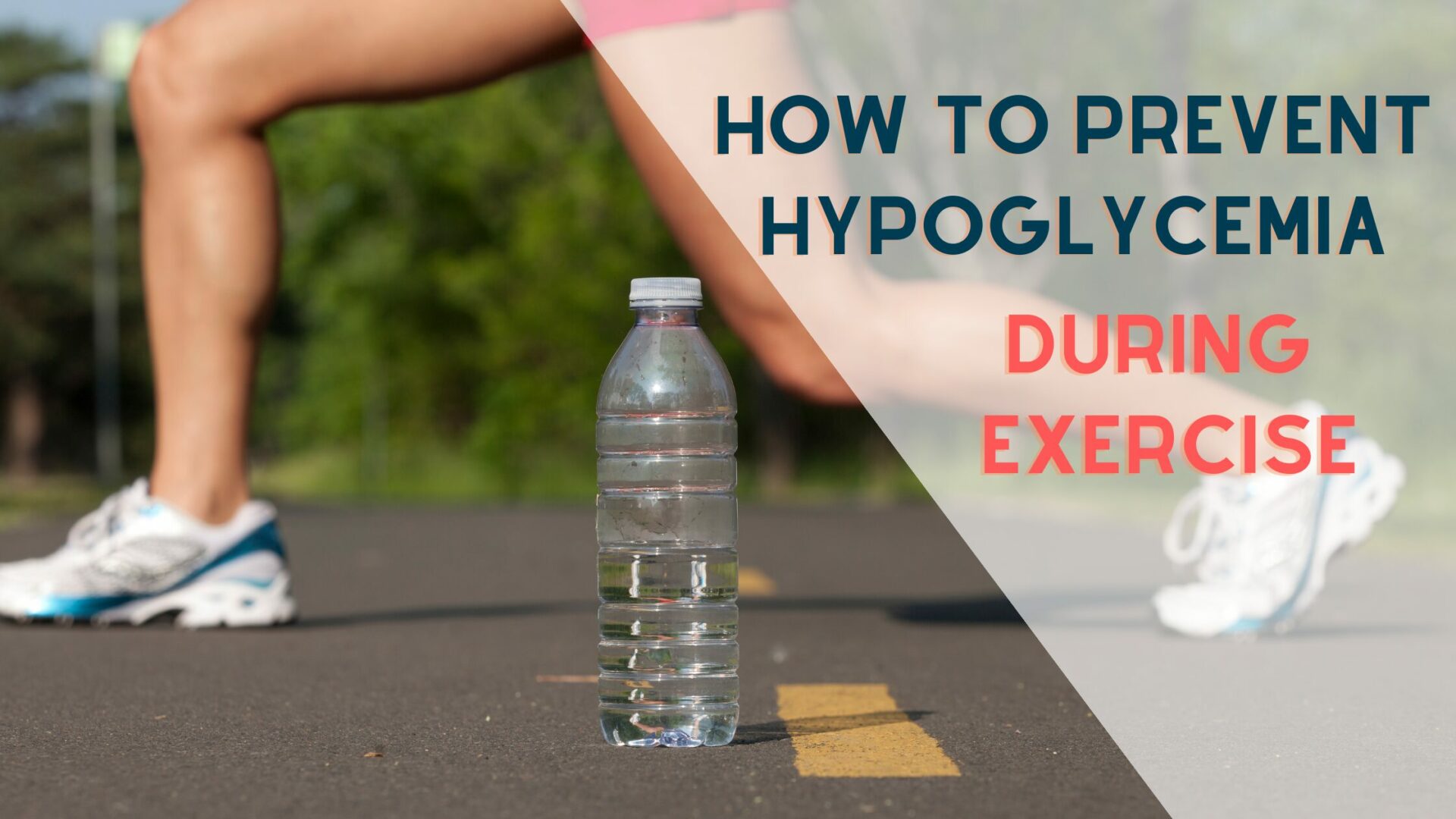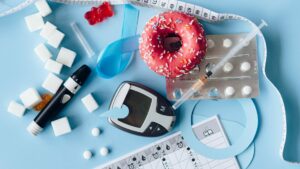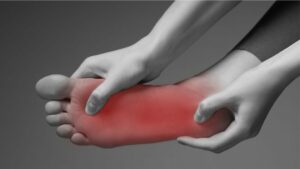Exercise-induced hypoglycemia, or low blood sugar during or after physical activity, is a common concern for individuals managing diabetes. Symptoms like dizziness, shakiness, or nausea during exercise may indicate hypoglycemia.

Table of Contents
Why Does Exercise Lead to Hypoglycemia?
Glucose, also referred to as sugar, serves as the primary fuel for your muscles during physical activity.
When you exercise, your muscles undergo more strain than usual, necessitating an increased use of fuel.
Initially, your body taps into the glucose present in the bloodstream or the larger stores of glucose in the muscles, known as glycogen.
However, during intense exercise, your body starts utilizing the glycogen stored in the liver, which can eventually lead to a depletion of the body’s overall glucose levels.
While this fueling process is inevitable, there are measures you can take to maintain your blood glucose levels within a healthy range.
How can Blood Sugar be Optimized Before Exercise?
Optimizing your blood sugar before exercise can help you prevent hypoglycemia. The following are some of the best ways to do this:
- Before starting your exercise routine, it’s essential to check your blood sugar levels to ensure they’re suitable for physical activity. Ideally, your blood sugar should fall between 100 and 250 mg/dL.
- If your levels are below the recommended range, consume 15 grams of carbohydrates and wait for 15 minutes before retesting your blood sugar. If it has risen to a healthy level, you can proceed with your workout. However, if it remains below 100 mg/dL, consume another 15-gram serving of carbohydrates and repeat this every 15 minutes until your blood sugar reaches at least 100 mg/dL. This protocol is commonly referred to as the 15/15 rule.
- Should your blood sugar levels exceed 250 mg/dL without the presence of ketones (a metabolic byproduct detectable through urine testing), it’s advisable to postpone your exercise session and consider administering insulin to lower your blood sugar. However, if ketones are present, it’s best to abstain from exercise and consult your healthcare provider for appropriate precautions or treatment.
- Familiarize yourself with the peak effectiveness duration of your insulin brand and avoid exercising during that period.
- To mitigate the risk of nocturnal hypoglycemia, refrain from exercising close to bedtime.
- Consuming a snack is recommended before any exercise session occurring at least 2 hours after your last meal, particularly for activities lasting longer than 1 hour.
- It’s also advisable to abstain from consuming alcoholic beverages before exercising.
- Plan to have a carbohydrate-rich meal, comprising approximately 30 grams of carbohydrates from whole grains, legumes, or starchy vegetables, at least 3 hours before engaging in a workout.
How to Prevent Low Blood Sugar During Exercise
Understanding how to prevent hypoglycemia during exercise is crucial for individuals managing diabetes. Incorporating the following practices into your daily routine will aid in ensuring your safety:
- Monitor your blood sugar every hour if you intend to exercise for more than 2 hours.
- Cease exercising if you detect a low blood sugar reading or encounter symptoms, and adhere to the 15/15 rule before resuming exercise.
- Have a readily available fast-acting sugar source in case glucose levels decline during exercise. Options include glucose tablets, juice, regular soda, a tablespoon of sugar or natural supplements.
- Stay hydrated throughout your exercise session.
Preventing Hypoglycemia After Exercise
These are several crucial methods to prevent or assist in reversing hypoglycemia after exercising:
- Consume a meal within an hour after exercising to replenish carbohydrates and protein.
- Monitor your blood sugar levels upon completing your workout. If it falls too low, consider adjusting your insulin dosage for future exercise sessions to prevent hypoglycemia.
- Avoid immediately entering very hot environments, like saunas, after exercising. The increased heat can raise your heart rate and further deplete your glucose levels.
- Keep track of your blood sugar throughout the day, as it may decline for up to 48 hours following a vigorous workout.
- Refrain from consuming alcoholic beverages right after exercising.
- Modify the intensity of your next workout if your exercises consistently lead to dangerously low blood sugar levels.
Establish a Secure Routine
A safe workout routine is a valuable part of diabetes management.
The key is knowing how to avoid hypoglycemia when exercising.
To create a strategy that works for you, talk to your healthcare provider about your plans, integrate meal plan with natural supplements and keep track of your blood glucose levels.
An all-in-one glucose monitor like the Accu-Chek Guide Me Glucose Monitor Kit is a quick and efficient way to check your blood sugar levels before, during, and after exercise and will give you the confidence to embark on your exercise journey safely.






